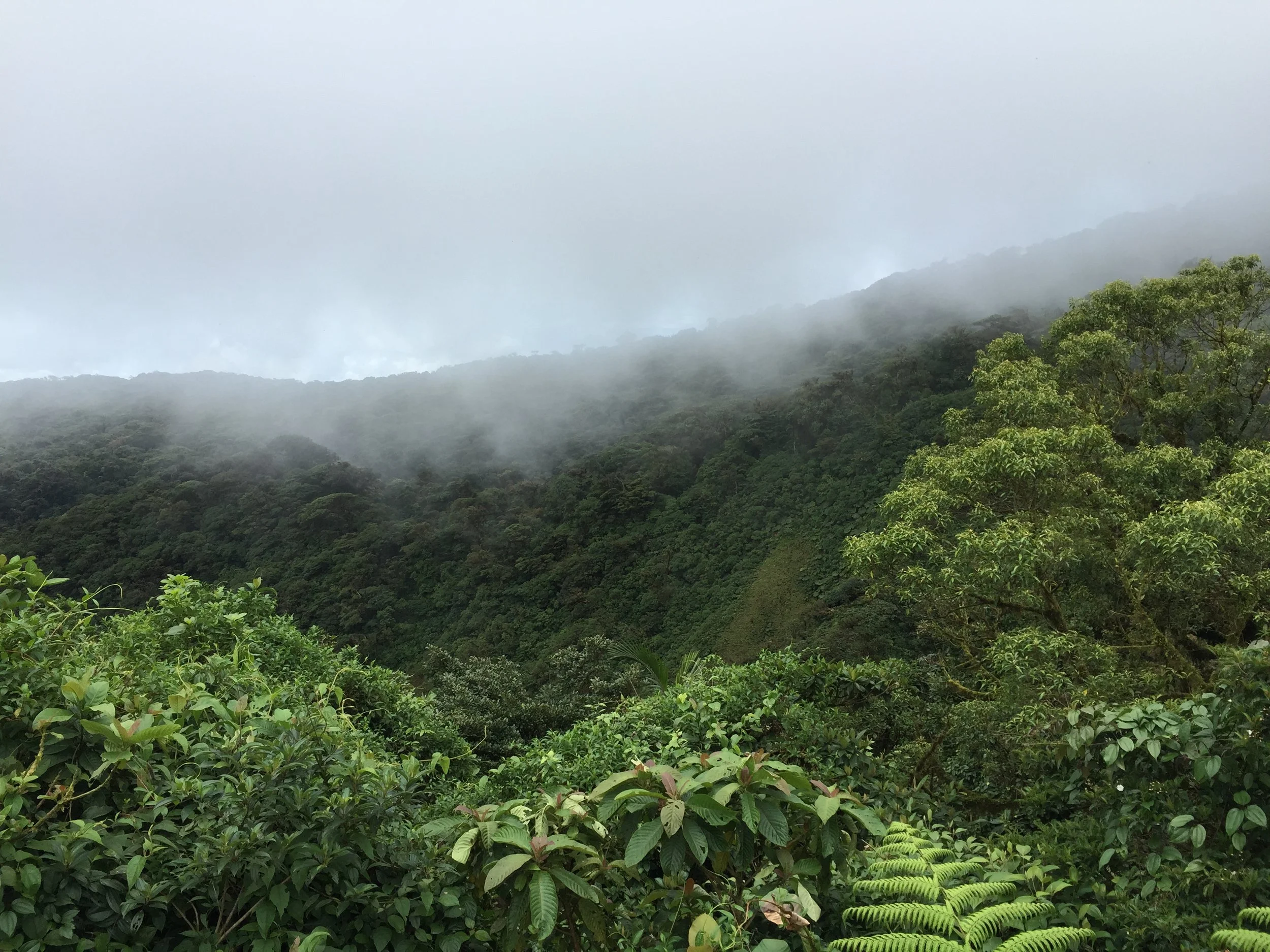
Science in the clouds
I spent over a decade as a scientist, trekking through cloud forests in Costa Rica and the Dominican Republic to study the hidden world beneath our feet. My research focused on how climate change alters soil fungi — and how those microscopic organisms respond by releasing carbon dioxide into the atmosphere.
Science fueled both my deep curiosity and my love of adventure. It took me to remote mountaintops, into cloud forests and face-to-face with the forces driving our changing planet.
Ask me about my work, my killer bee incident or any of the sketchy run-ins I had with capuchins.
